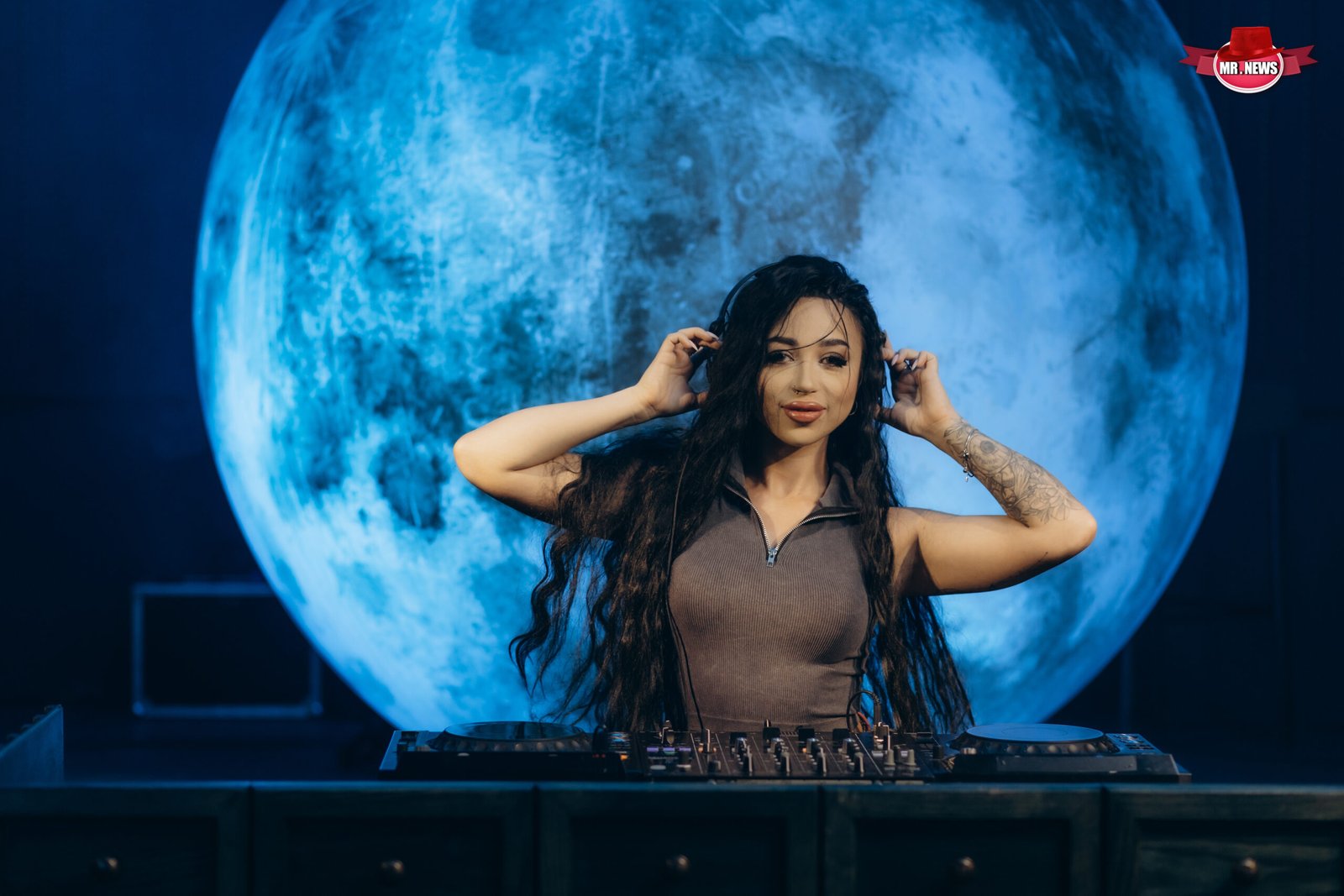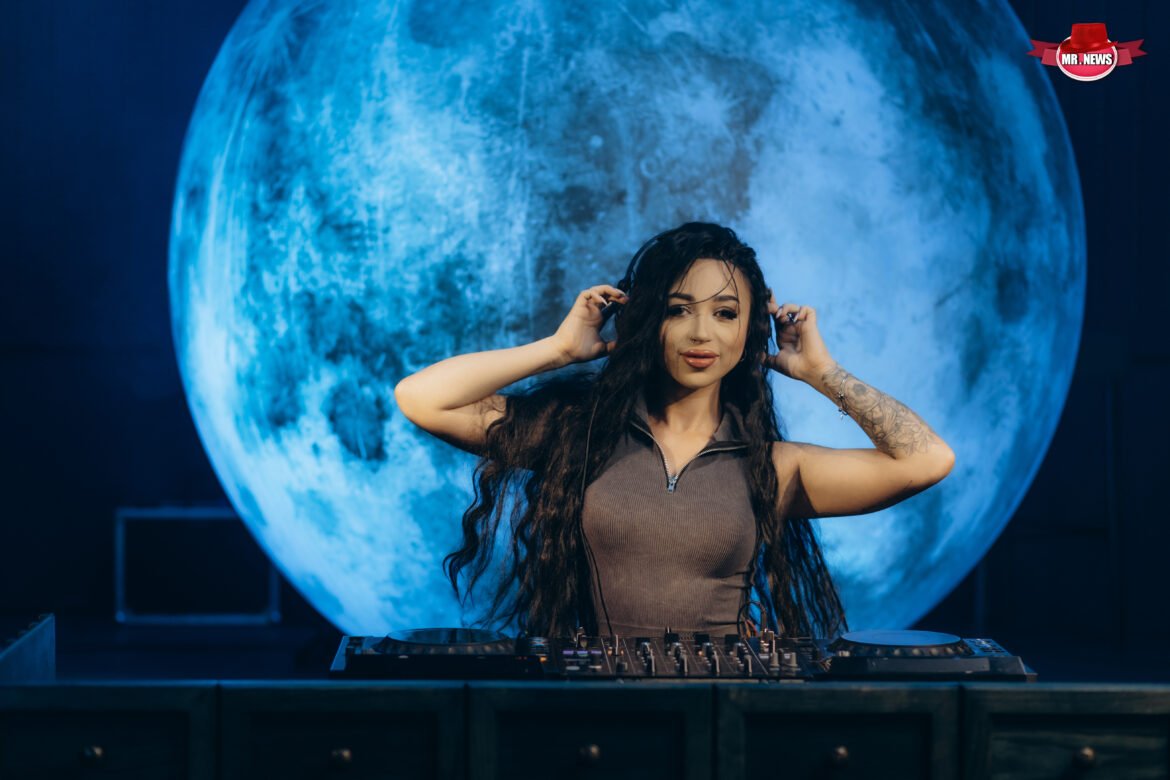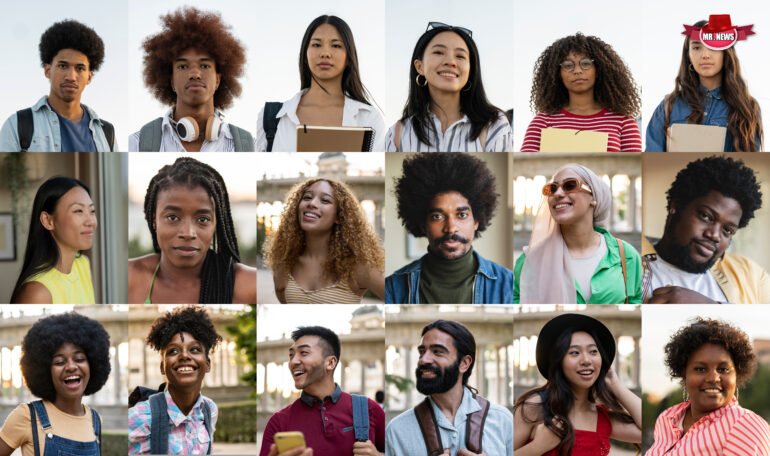The Best of Both Worlds: How Commercial and Indie Music Are Coming Together


DJ performing music with headphones and DJ controller in front of a large blue moon. The vibrant lighting and background create an energetic and creative vibe, perfect for parties and entertainment settings.
The Best of Both Worlds: How Commercial and Indie Music Are Coming Together
The music landscape in 2025 is witnessing a remarkable convergence between commercial and indie music, blurring boundaries and reshaping the industry for artists and fans alike.
A New Era of Collaboration and Cross-Pollination
The once-clear divide between indie and commercial music is fading fast, thanks in part to technology, evolving audience tastes, and a mutual desire for authenticity and innovation. Major events like Indie Week 2025 are emblematic of this shift, bringing together industry giants, independent creators, and financial backers to foster collaboration, share insights, and explore new business models. This year’s conference, for example, features keynotes from Apple Music executives and leading indie strategists, as well as workshops with companies like Spotify, Bandcamp, and Red Bull Records-all designed to bridge the gap between creativity, commerce, and community.
Genre Fluidity and Creative Synergy
One of the most visible signs of this convergence is the rise of cross-genre music. Commercial producers and indie musicians are increasingly joining forces, creating fresh sounds that blend the raw, expressive qualities of indie with the broad appeal and production polish of mainstream music. Electronic and EDM producers, for instance, are collaborating with indie artists to craft tracks that appeal to both devoted fan bases and wider audiences, resulting in genre-defying hits that dominate both streaming charts and festival lineups. This creative synergy not only expands the reach of indie artists but also injects authenticity and depth into commercial music.
Technology and Direct-to-Fan Engagement
The democratization of music creation and distribution is another driving force behind this fusion. Streaming platforms, social media, and DIY production tools empower independent artists to reach global audiences without traditional gatekeepers. At the same time, commercial labels are adapting, offering artists more creative control and better contract terms as they recognize the value of indie credibility and fan loyalty35. Direct-to-fan platforms like Patreon are gaining traction, allowing artists to build sustainable careers and foster authentic relationships with their listeners, regardless of whether they are signed to a major label or remain independent.
Sync Licensing and the Value of Originality
The demand for unique, original music in film, TV, and gaming has also fueled the blending of indie and commercial spheres. Music supervisors are increasingly seeking out tracks that stand out-often favoring the distinctive voices of indie artists, even for high-profile commercial projects. This trend has helped indie music infiltrate mainstream media, further erasing the lines between the two worlds.
The Impact: A More Diverse and Inclusive Industry
As a result of these changes, the music industry is more diverse, inclusive, and dynamic than ever. The influence of indie music has pushed commercial labels to embrace authenticity, while the resources and reach of the mainstream industry have helped indie artists find larger audiences and new opportunities5. Today, it’s common to see artists like Billie Eilish and Lorde-who embody indie sensibilities-thriving on major labels, illustrating how the best of both worlds can coexist and flourish.
Looking Ahead
The convergence of commercial and indie music is not just a passing trend but a defining feature of the modern music era. As technology continues to evolve and audiences seek out genuine, genre-blending experiences, expect this partnership to deepen, offering more opportunities for innovation and creative expression across the industry
Written by: NEWS RADIO AM
Artists charts DJ events Hits Music Pop reviews Rock
Search
Categories
Copyright NEWS.RADIO.AM - BY: MR. NEWS


